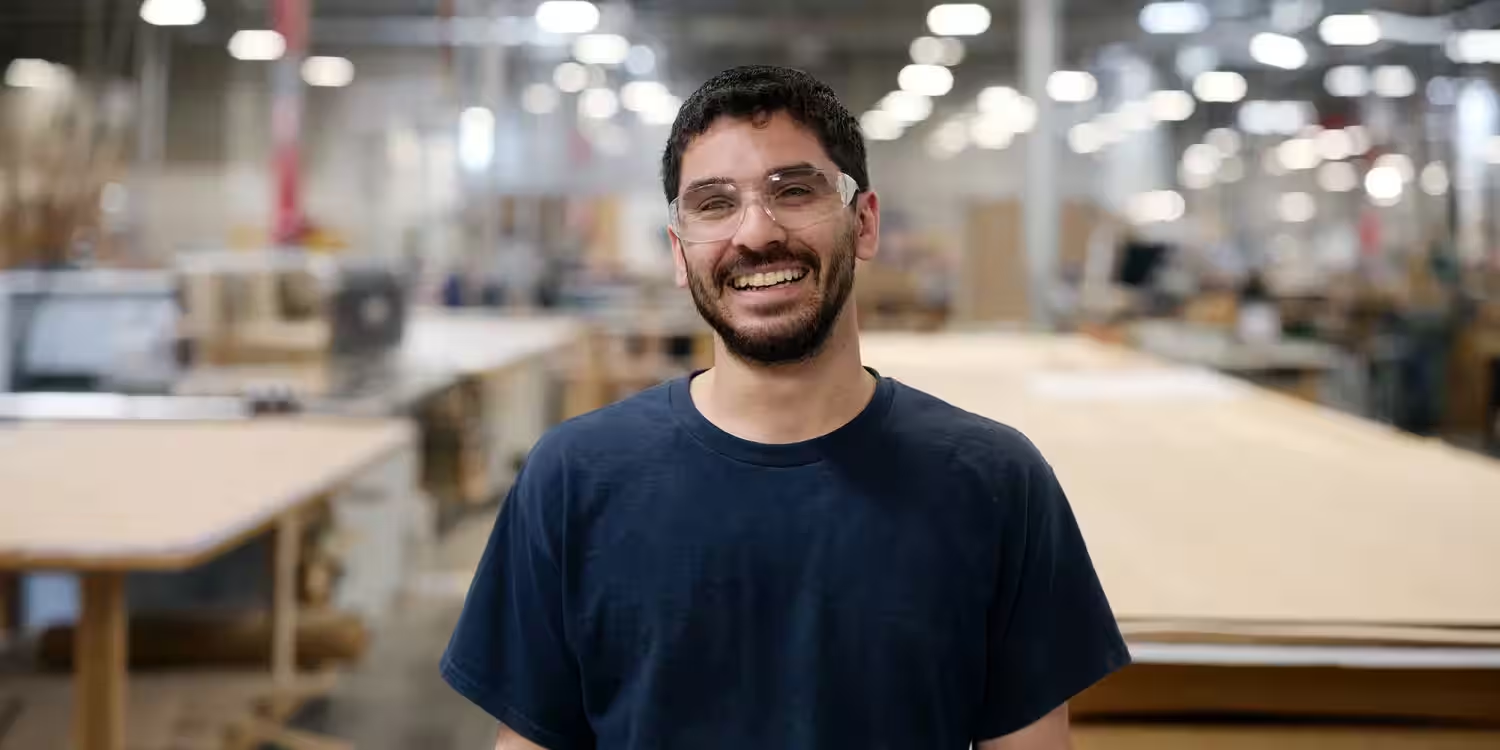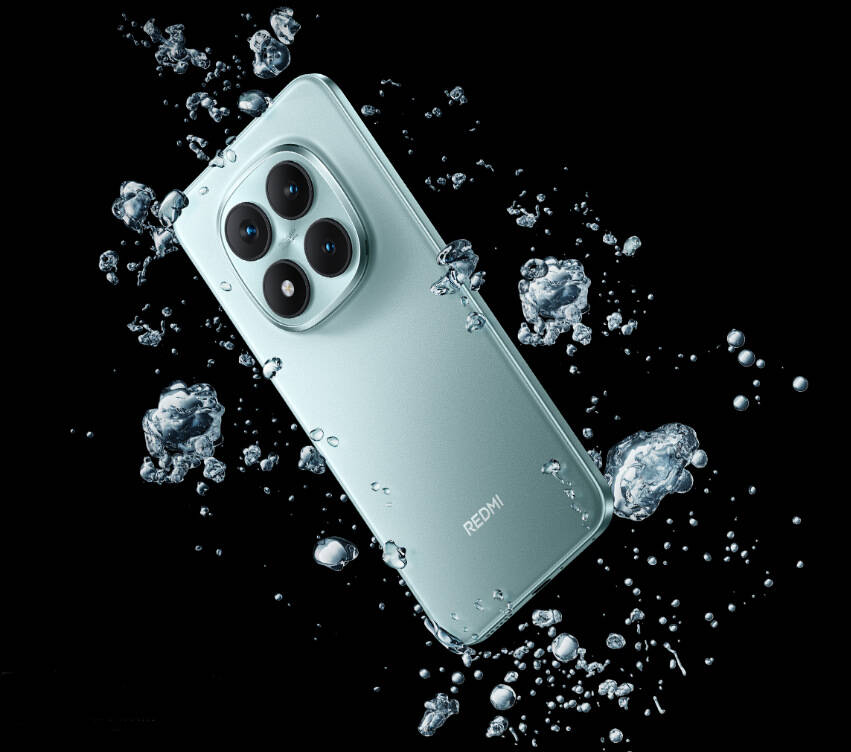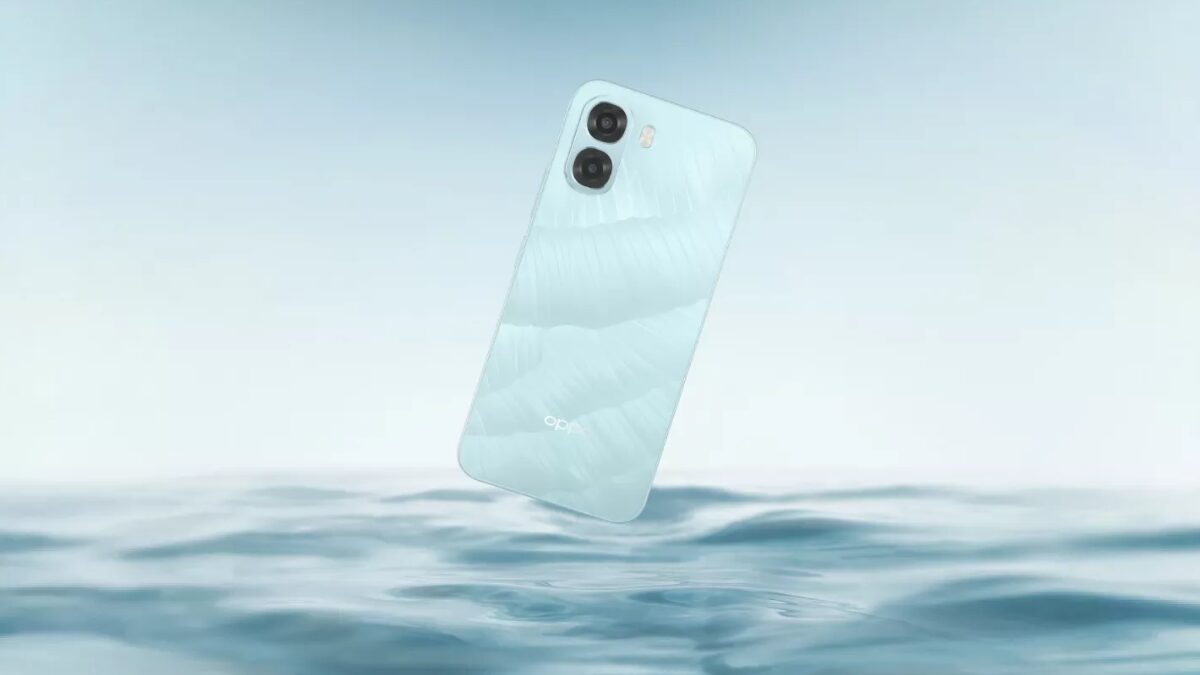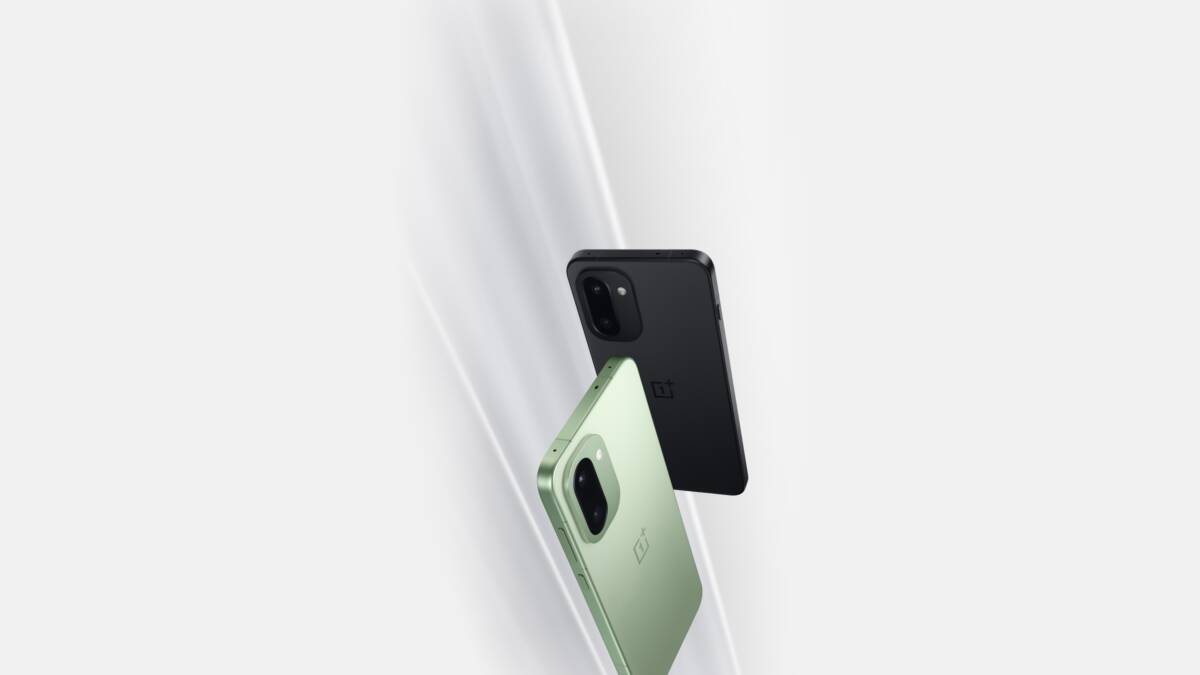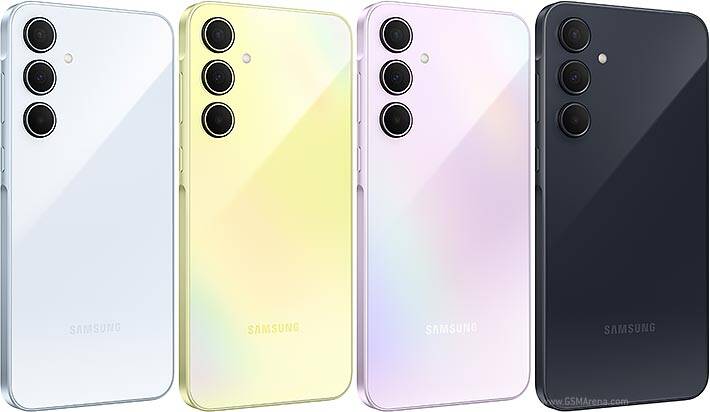15% of designers are worried that neural networks will be able to replace them
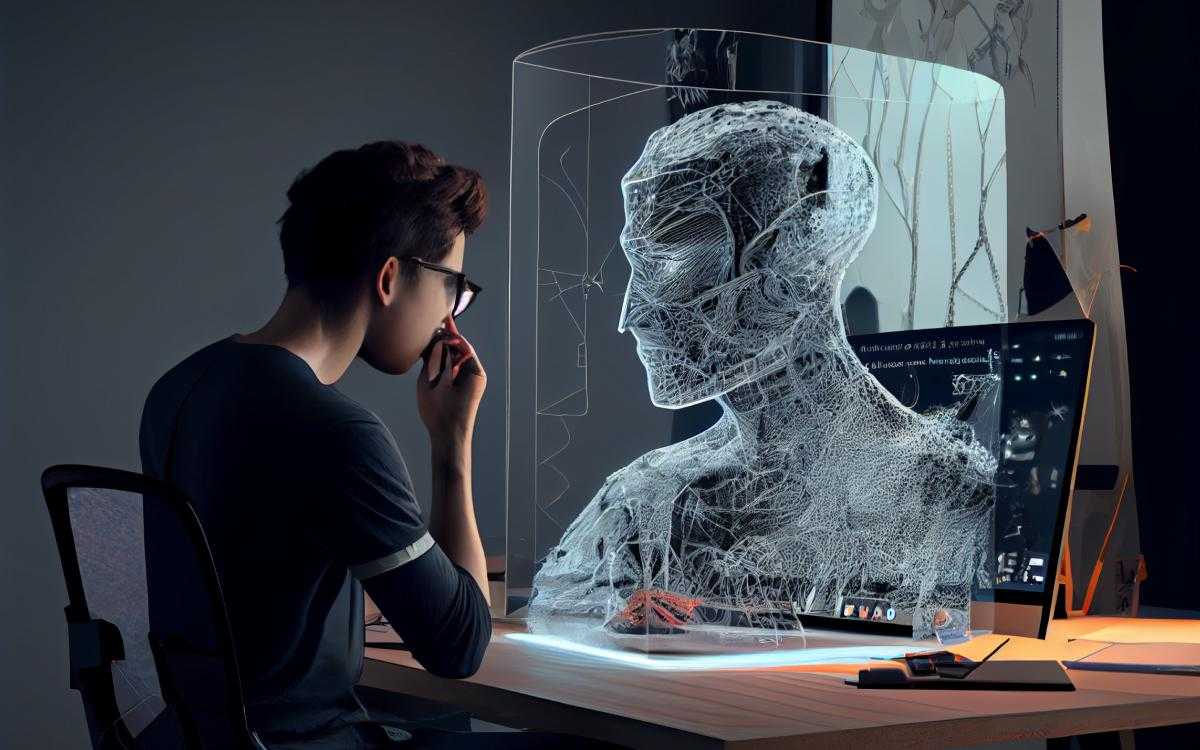
Almost half (45%) of designers use neural networks in their work, analysts at Contented design school and job search service Zalpala.ru found out*. At the same time, every sixth (17%) actively use them, and 28% – from time to time. A quarter of Russian designers (26%) plan to start using neural networks in the near future.
The most common uses of neural networks are in graphic design (80%), web design (48%), and 3D graphics (30%). Designers also use such technologies in UX/UI (20%), interior design (18%), mobile apps (15%), and urban design (15%). Neural networks are least frequently used in game design (10%) and augmented reality design (8%).
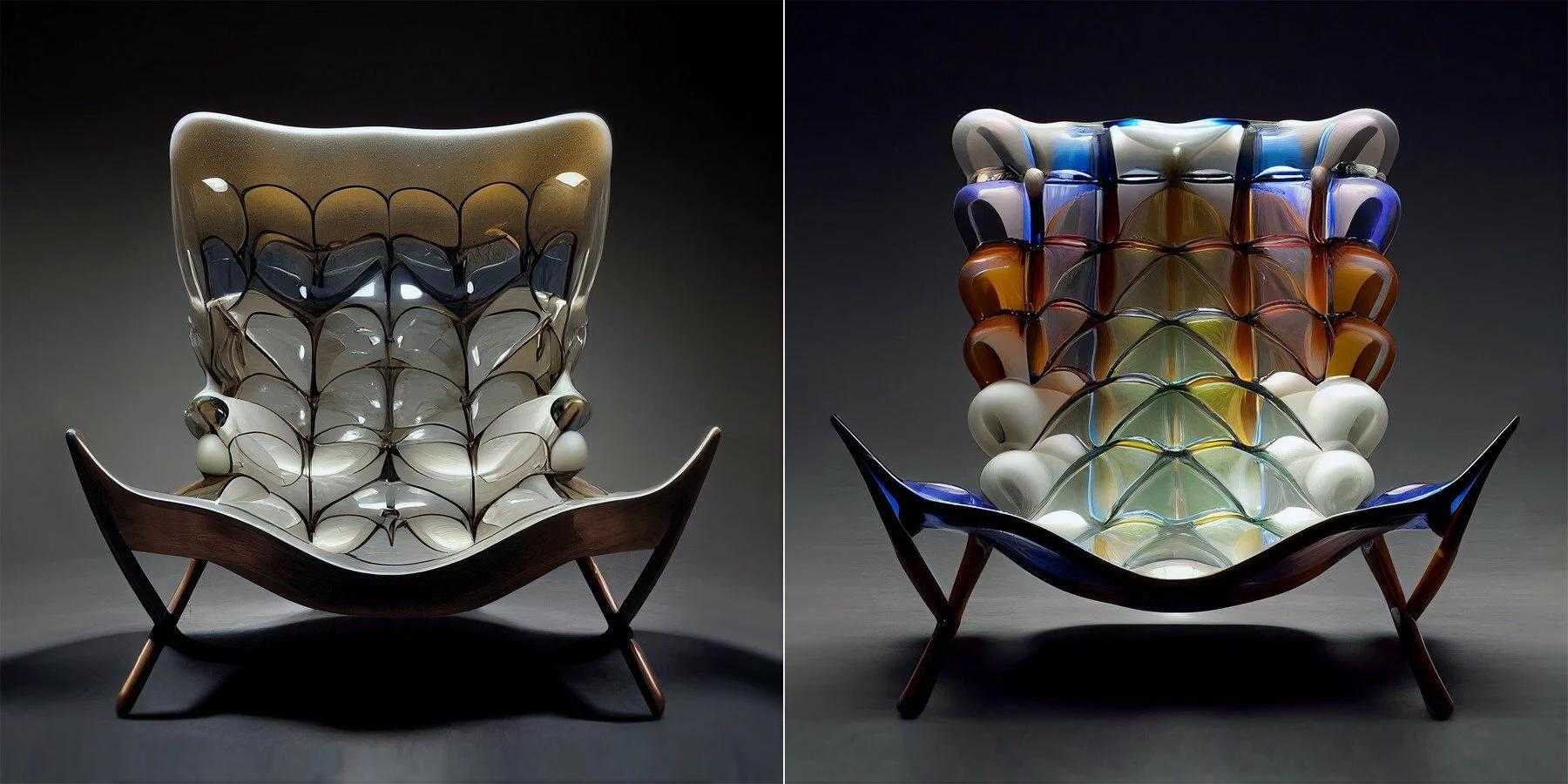
Design experts have revealed which neural networks they think are most useful for generating images. Midjourney came in first place (65%), followed by Kandinsky 2.0 and DALL-E 2 (35% each). The Craiyon neural network was praised by 30% of designers, Stable Diffusion – 20%, Wix ADI – 18% and exactly the same number of designers praised Leia. The designers named Looka Logo Maker (13%) and Nova (5%) as the least convenient.
Designers rated the experience of using neural networks at their current stage of development. 65% believe they do well half the time, and 25% said they are completely satisfied with most of the results generated. Only 10% rate the level of neural network development today as weak.
At the same time, they are not satisfied with most of the results generated.
In the opinion of the designers surveyed, the most successful use of neural networks is to generate portraits of non-existent people in order to circumvent the acquisition of image rights – this is the opinion of 70%. 68% of design professionals believe that artificial intelligence can be successfully used to generate images from text descriptions in a variety of styles. Designers also noted that neural networks can process images no worse than Photoshop – 60% of respondents said so. 58% use them to increase the resolution of images, and 55% use them to generate illustrations based on references. 45% use neural networks to create drafts of logos and brand-kits, 37% generate UX-design objects, and exactly the same number select fonts and colors in this way. Only 2% of designers believe that neural networks cannot be successfully applied in real working cases.
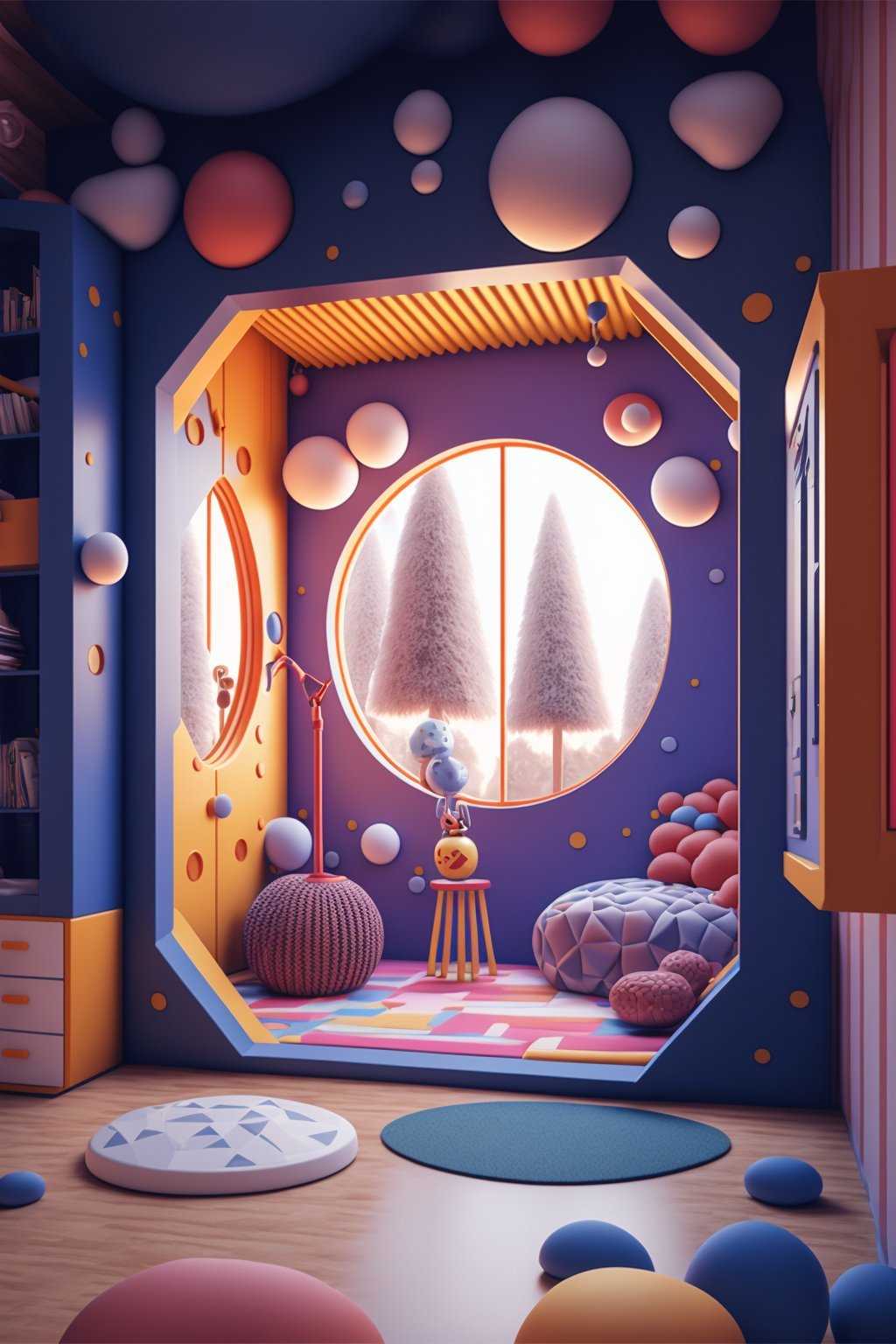
Designers cited the pros of using neural networks in their work as helping them generate ideas (80%), saving time (62%), helping with routine and painstaking tasks (37%), making it easier to create quick references for clients (37%) and helping them optimize workflows not directly related to design (30%).
Neural networks can help designers generate ideas (80%), save time (62%), help with routine and painstaking tasks (37%), make it easier to create quick references for clients (37%) and help optimize workflows not directly related to design (30%).
And the main drawbacks of graphical neural networks, according to experts, are poor generation of details, such as fingers, eyes, hair (65%). 40% said they often ignore details in queries, and 37% said they often ignore blurry details, blotches in images, and other noise. One-third (35%) felt that neural networks are not good at understanding references at the current stage. 32% complained about problems with access to services, a quarter – about poorly generated captions and 23% – about poor generation of people’s faces. A fifth complained about cropped heads and skewed faces when generating images of people. Only 12% saw no significant problems.
15% of designers are worried that neural networks could replace them. 37% are cautious about the issue – they believe that this will not happen at the current stage of AI development, but the situation could change. However, the majority (48%) of respondents believe that neural networks will not replace designers.
*Methodology
The survey was conducted on May 24 — June 29 among 1,200 designers aged 25-55 living in Russia’s cities with millions of inhabitants.
.

